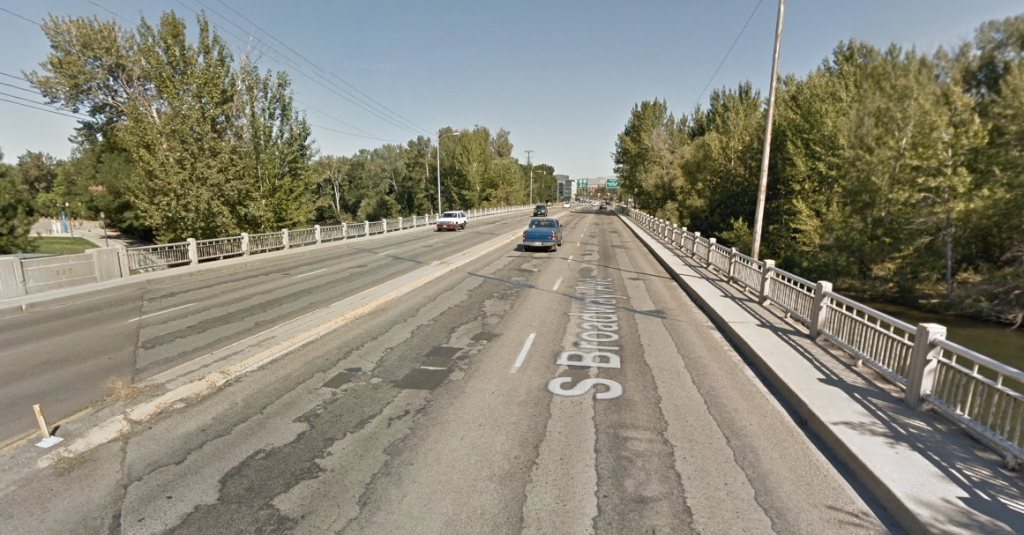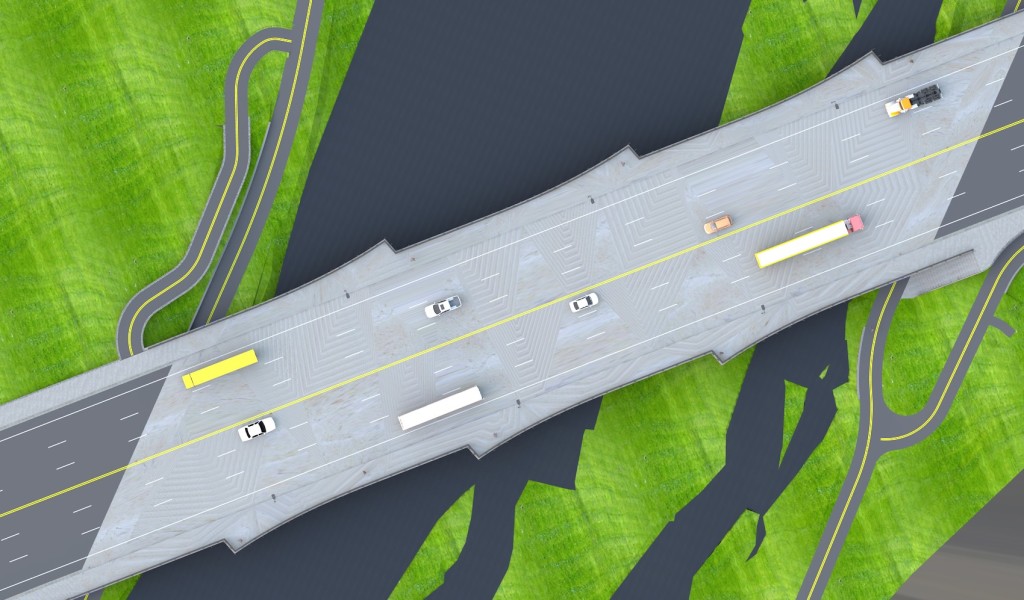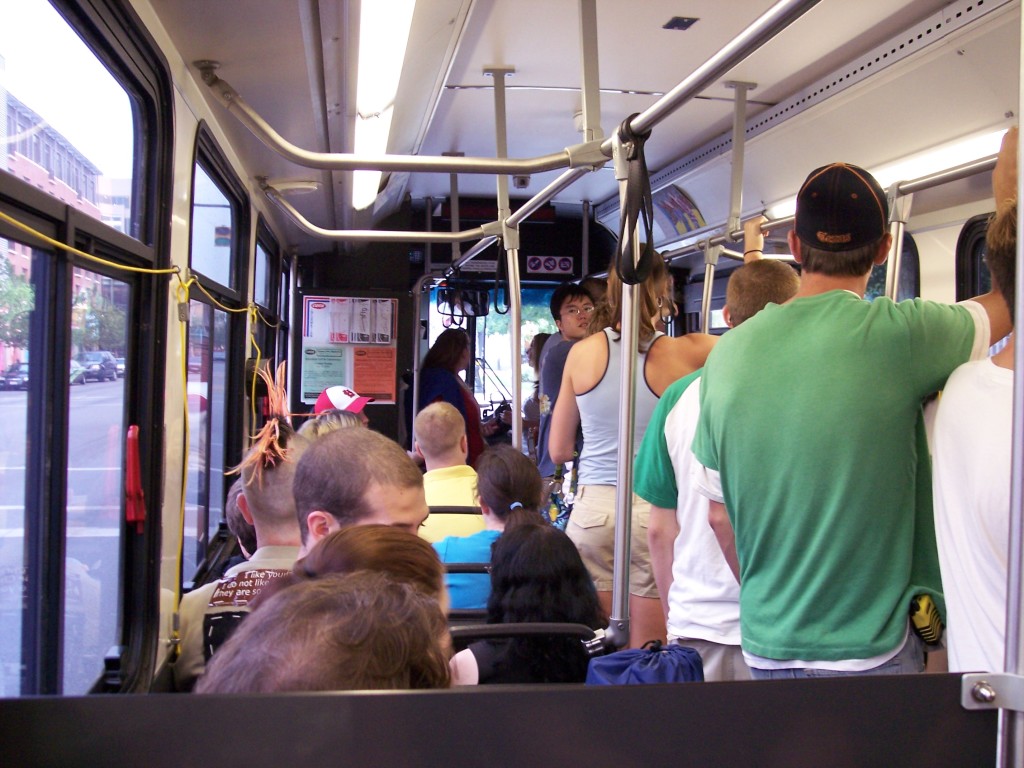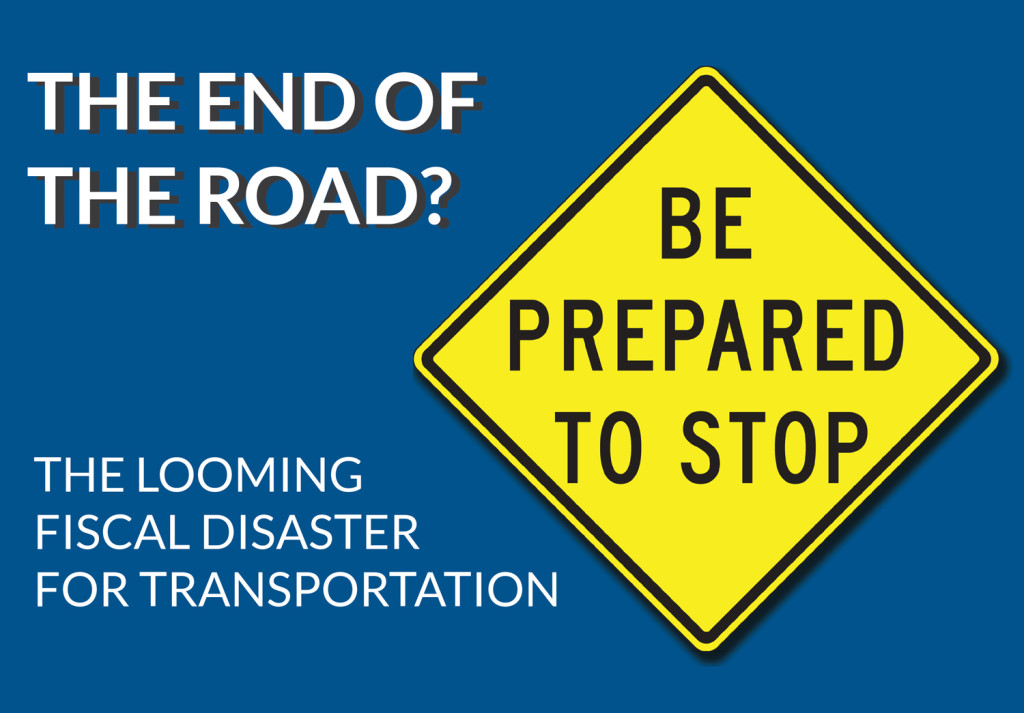
Earlier today the U.S. Department of Transportation (USDOT) named Columbus, Ohio, the winner of its highly competitive Smart City Challenge. The win gains Columbus $40 million from USDOT, $10 million from Paul Allen’s Vulcan, Inc., as well as additional matching local public and private investments of $90 million to help the city become a national proving ground for intelligent transportation systems and a suite of new mobility-on-demand services.
Columbus’ application focused specifically on increasing social equity and access to opportunity. The city’s Linden neighborhood has “a high proportion of carless households, unreliable access to employment and health services, a lack of access to digital information, and a high portion of cash-based households,” said Mayor Andrew Ginther.
In its application, Columbus outlined plans for several significant transportation innovations: an autonomous vehicle test fleet that will connect a transit terminal to a job center; increasing travel options in poor neighborhoods to better connect expectant mothers to health services; expansion of electric vehicle infrastructure; a multi-modal transit pass payment system that will include transit as well as ride-sharing and -hailing services; and kiosks that can reload transit cards for low-income residents without credit cards or bank accounts.
Columbus is far from alone in wanting to use innovative technology to better connect disadvantaged populations to opportunity. The seven other Smart City finalists — Denver, San Francisco, Austin, Pittsburgh, Portland, and Kansas City — are all working hard on these issues, as are the 71 other applicant cities that did not make it to the final round, and many more.
T4America will be working with a number of these cities through our recently announced partnership with Sidewalk Labs and a new Smart Cities Collaborative that will help define how technology can meet cities’ pressing transportation challenges. T4America will also be helping cities win funding, tools, and authority to advance smart city initiatives. This will be a huge hurdle as current transportation policy at the federal level and within most states either underfunds or completely ignores local governments.
The collaborative network will also begin to define and design the “connected streets” of the future. Just as the popular Complete Streets approach gives leaders a framework for making streets safer for everyone, connected streets outlines tech-enabled interventions that can help create a truly balanced, multimodal approach to urban transportation that expands access to job opportunities and improves quality of life for all residents.
USDOT’s Smart City Challenge is emblematic of a giant wave of change that’s coming to cities. Technology, innovation, and new mobility solutions are changing the urban landscape and will have big implications for public transit systems, public works departments and how many of us get where we need to go. Vibrant, thriving communities are ones that provide access and opportunity for people of all incomes. Local business and civic leaders are quickly discovering that they need to get out ahead of the coming disruptions and shape the technology transforming their cities or else get shaped by it.
USDOT’s drive to innovation has generated tremendous excitement across the country — in Columbus and beyond. There’s been an explosion of cross-departmental and cross-community collaboration from both the public and private sectors. Many cities also know they’ll need to undertake a large shift in their internal cultures. T4America is here to help cities lean forward and embrace these changes and drive the discussion about what they want their cities to look like in 25 years.








